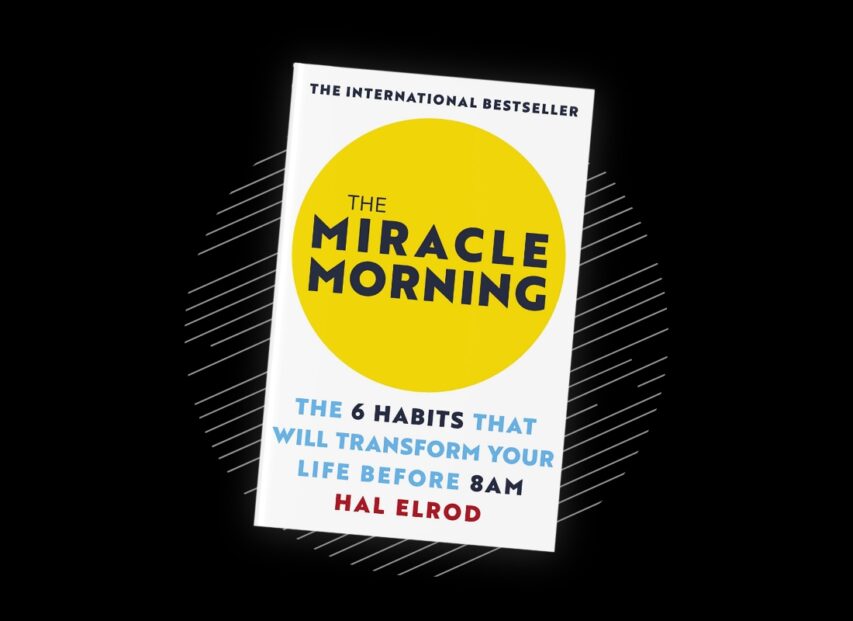Bookshelf:
The 1% Rule
The 1% rule builds the foundation of incremental growth while allowing you to step into a place of exponential growth.
Ayyeeee another habit book! Are you surprised?
I’ve been really getting into the mindset of positive daily actions, making bigger goals achievable. And it’s been working so far! My ‘digital brain’ (Notion) has been stacked up with plans and the actions I need/want to do. This all sounds dangerously ‘Gary Vee’ and hustle culture-esque. But unlike the Gary Vee approach, I’m trying to facilitate and focus on enjoying the process – not locking myself away from the age of 20-30 and only sleeping 6 hours an evening like Gary promotes.
It comes back to a lot of what The 1% Rule promotes, if you set out what you want in life and align all your decisions to that then you’re crafting your current and future days for how you want them to be. You don’t have to sell your life away in order to ‘succeed’, you can just focus on small incremental progress.
I certainly got my 1% worth out of the 4 days I spent reading this!
1% progress + daily application (consistency) + persistence (focus) + time (endurance) = SUCCESS
?♀️ Why this book?
Really, I was just captured by the larger message of The 1% Rule, the cumulative approach to progression. This book gives a really great understanding of rationales on this, extending it across concepts such as manufacturing urgency, being intentional (and not just productive), maximising accountability, setting boundaries and auditing what isn’t important to you.
? What I took from this book
- We have no lack of ambition. Focus becomes the secret weapon in ensuring everyone you are envisioning comes to life in an overwhelmingly busy world of never ending task lists
- Utilise the pomodoro method to focus in on specific tasks
- The average American performs 1.8 hours of productive work in an 8 hour window
- Knowing where you’re going allows you to harness focus
- Everyday you ask ‘what can i do right now that will not only allow me to believe my vision is possible, but coming true faster than I thought’
- Parkinsons law – delaying to the deadline.
- Fill your day with the highest priorities, or others will fill it for you
- Don’t fill your day with busywork that doesn’t move the needle forward
- Audit your life to ask ‘is this still serving me as I move forward’
- Change your awareness by setting specific visions’ your north star
- You start to notice the same car as yours more once you’ve brought it
- Intesity and intention are the most important aspects of your vision
- How you do anything is how you do everything
- When you have clarity it makes decision making very easy
- The vegan principle – making 80% off the menu hyper focuses you on the opportunities which are right for you. When you know where you’re heading it becomes easy to say yes (or no) to opportunities that come in.
- When you don’t know where you’re going everything sounds like a good idea
- Think big and bold – where you feel a dose of excitement, but also some fear
- 90 day question: ‘Given your north star vision, what would have to happen within the next 90 days for you to believe that’s coming true?’. It’s important to focus on 90 days to forge urgency and focus.
? My Top 3 Quotes
- “When you truly love who you’re becoming, you become unstoppable.”
- “We don’t rise to the level of our expectations; we fall to the level of our training.”
- “The big leaps will never happen if we don’t get used to taking the small ones.”
- “Fall in love with the process. Do it every single day. Celebrate your commitment. Track your metrics and data. Master your craft.”
- “Indecision costs us more than we can ever imagine. This alarming cost includes time, energy, resources, stress, and the constant wasted bandwidth of overthinking.”
Not 3 I know, I haven’t forgotten how to count!
? Conclusion
Similar to The Power of Habit, The 1% Rule focuses on gradual progress. However, The 1% Rule delves more into the cumulative effect of positive progression – wether it be towards goals or on self improvement. It breaks down these ideas a lot more into actionable steps, and is less ideas based, more implementation based.
This book fitted perfectly with my working style and ethos to work. Its subtitle reads, “how to fall in love with the process and achieve your wildest dreams” and that’s exactly what I got out of it. It was all about the process and how to stay focused on your objectives and vision.
If, like me, you enjoy focusing on process – you’re constantly making lists, plans, and trackers – this method will appeal to you. It’s also useful for folks who want to add some structure to their lives.

☞Take me to Amazon to buy The 1% Rule (still not sponsored, obviously)


